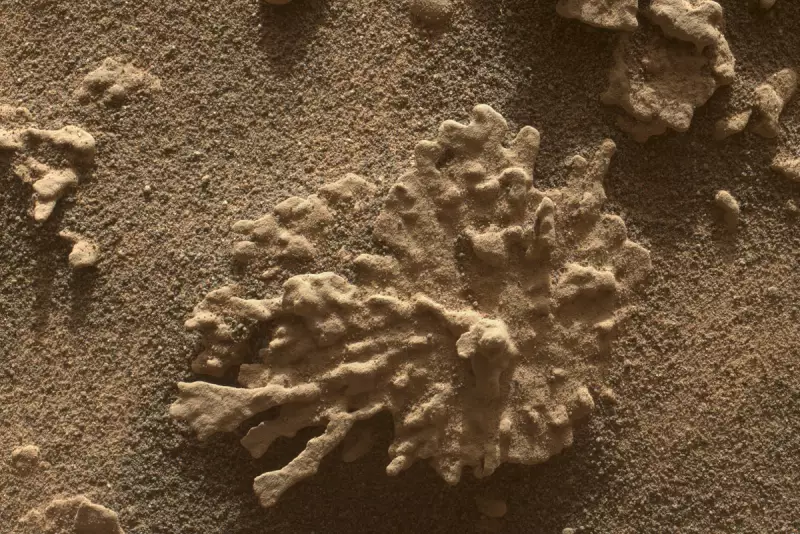
NASA's Curiosity rover has once again revolutionised our understanding of Mars, uncovering striking new evidence of ancient water flows on the planet's surface. The findings suggest that water once played a far more significant role in shaping Mars' landscape than previously thought.
A Groundbreaking Discovery
The rover's advanced instruments detected distinct geological formations that could only have been created by sustained water movement. These include rounded pebbles and layered rock structures, similar to those found in riverbeds on Earth.
What This Means for Mars' History
Scientists now believe that Mars may have hosted flowing water for extended periods, potentially creating environments capable of supporting microbial life. 'These findings fundamentally change our perception of Mars' past,' said Dr. Sarah Johnson, a lead researcher on the project.
Curiosity's Ongoing Mission
Since landing in 2012, the car-sized rover has:
- Traveled over 29 kilometres across Mars' surface
- Drilled into 35 rock samples
- Sent back over 1.1 million images
The latest discovery comes from the rover's exploration of Mount Sharp, a 5-kilometre-high mountain in Gale Crater that's believed to hold billions of years of Martian history in its layers.
The Future of Mars Exploration
These findings will directly inform NASA's future missions, including the upcoming Mars Sample Return campaign. 'Every discovery brings us closer to answering whether life ever existed on Mars,' remarked mission scientist Dr. Michael Chen.





